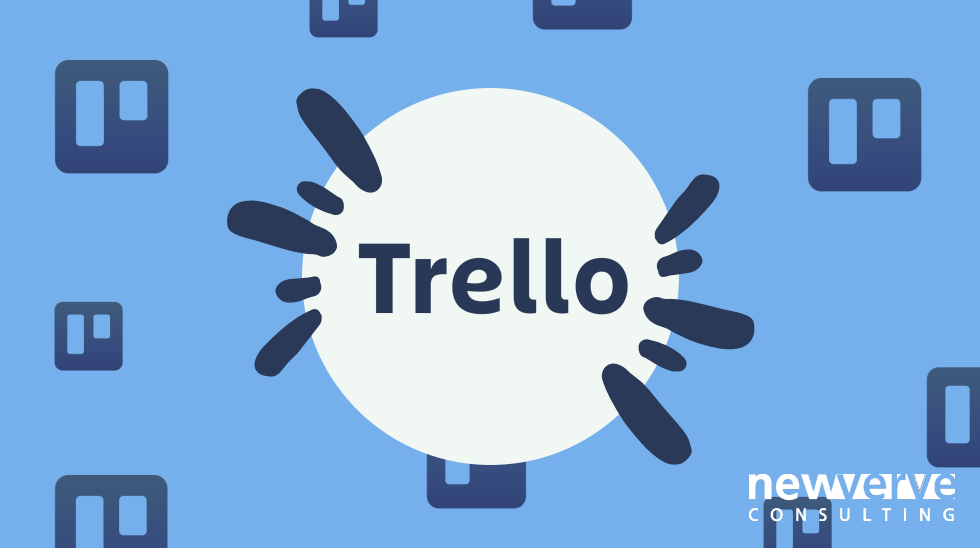5 Tips for Trello Agile Project Management

Trello, a Kanban-based project management tool, uses Agile principles in order to accommodate collaboration within different teams. Through acting as a virtual whiteboard, Trello allows users to visualise tasks as a variety of boards, lists and cards, which can be moved through stages to measure progress. With its adaptable interface, this task management tool offers a variety of features that incorporate an iterative approach towards managing projects.
Trello relies heavily on collaboration, perhaps even more than other project management tools, with its boards focusing on encouraging visualisation within a working space. This allows team members to not only see the stages within their project but also the roles assigned to other team members, allowing progress to be tracked every step of the way.
While Trello is a non-complex software that allows for the simple implementation of Agile and Scrum methodology, it is important to consider how the tools available can best benefit your project. To aid you in this task, we’ve put together some tips which will help you make the most of Trello for Agile Project Management.
1. Take advantage of the dynamic interface
In addition to allowing users to visualise a project in accordance with the needs of the team, Trello allows you to reorder cards from list to list, taking into account the changing priorities within a project. When using cards, the software allows you to further break down tasks by creating subtasks through checklists – making it easier to interpret the details of a project.
One of the main advantages of Trello is that it can be adapted to meet the needs of your project, allowing you to implement a variety of Agile frameworks, including Scrum and Kanban. Trello also offers templates of boards used within Agile Project Management, meaning that team members can focus on solving problems from the instant they choose this software.
2. Make use of internal checklists
As mentioned previously, cards within Trello allow the user to create internal checklists, breaking down complex tasks into smaller, manageable subtasks. This process encourages the team to consider the individual steps that are involved in completing a task and ensure that nothing essential is missing.
Team members are encouraged to take responsibility for their own tasks within a checklist, and by marking items as completed within Trello, other members of the team are provided with a visual representation of progress. Checklists are also flexible, in line with Agile philosophy, tasks can be reordered, added or deleted, reflecting the current needs of the team and allowing for a shift in project dynamics.
3. Attach document links and images
Within Trello, images can be added not only to give context to a task but to also make the board more engaging. By adding images to a Trello board, team members can have a clearer understanding of the needs of the project, which can lead to fewer miscommunications and more efficient collaboration. Additionally, through adding images to the cover of a card, team members are able to understand the content without having to open it. Images within cards can also be annotated by any other collaborator, making it easier to communicate feedback or suggest changes.
Further context can be added within Trello boards with the use of document link functions, providing a convenient place to store a record of important information. Such documentation allows team members to use cards as a source for future reference and ensures that all team members have access to the most up-to-date information about the project.
4. Save time with card search
In addition to encouraging users to add substantial detail to their cards, Trello allows team members to search for specific cards by typing within the search box at the top of the page. Cards can be found by searching for keywords, labels, or any other information relating to the card. Labels within Trello allow users to add an extra layer of information, leading to more effective search capabilities. Cards can also be found in accordance with specific parameters with the advanced keyword search, such as members assigned and attachments.
These functions save a substantial amount of time for the team when navigating through different projects. The card search tool also integrates into a variety of different platforms within the Atlassian space, allowing cards to be found even if they have been stored externally.
5. Be aware of the automation functions available
Trello has a built-in automation system that allows users to eliminate tedious and repetitive tasks, enhancing productivity within the team. Such automation is carried out by performing actions based on predefined triggers or rules which can be adapted by team members.
By streamlining your workflow through Trello’s integrated automation functions, teams are able to focus more energy on the important tasks within cards. Teams can automate the creation of Trello cards from a variety of Atlassian products, including Slack messages. All automation within Trello is dictated by the team’s customisation , allowing users to tailor their Trello experience to best meet their needs.
Overall, Trello offers a systematic and visual approach towards Agile Project Management, allowing teams to collaborate and communicate effectively. With its customisable functions, users are able to take advantage of a versatile platform that works to meet their needs.
Get in touch with our team if you would like to get started with Trello.

Comments:
There are no comments for this entry yet.